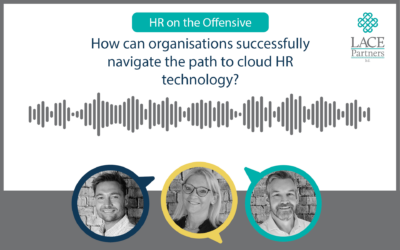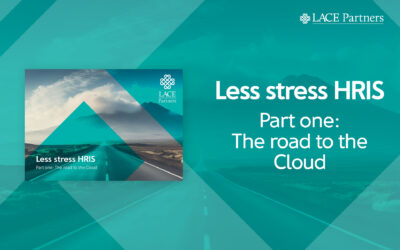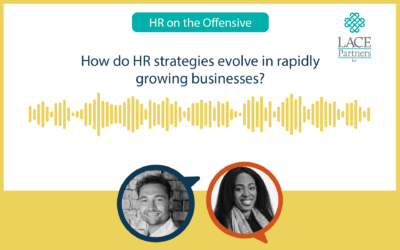Listen to the audio version of the article:
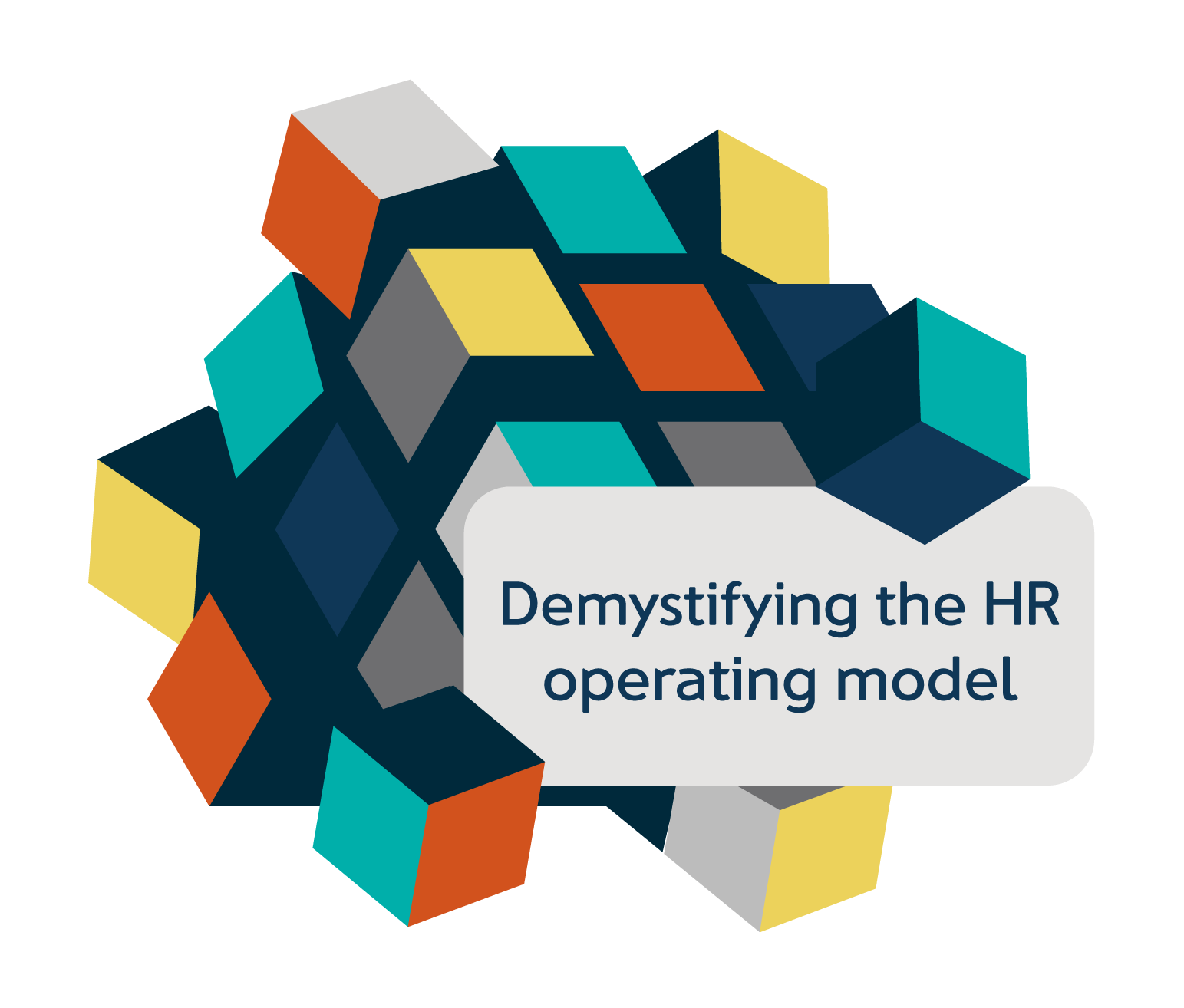 Our current campaign, Demystifying the HR operating model, raises the question about the role of the functional leader of HR and how it may be changing as operating models evolve.
Our current campaign, Demystifying the HR operating model, raises the question about the role of the functional leader of HR and how it may be changing as operating models evolve.
One tangible difference in recent times is the trend to rename the Group HR Director role to ‘Chief People Officer’. The change is a demonstration of the fact that HR leaders are now being positioned as a key member of the C-suite team. CEOs are increasingly recognising the commercial value to be gained from focusing on people outcomes as a key driver of business success.
To help understand how the CPO role may be changing, we recommend focusing on the purpose of the role and, as a result, the HR or People function overall. We believe the CPO has a number of distinct accountabilities and like to think of these as ‘hats’ that they need to wear simultaneously.
Wearing multiple hats can be, as you might expect, a bit of a juggling act! But it is a useful analogy to explore the – often competing – demands on a CPO and also the different capabilities needed in the People function to excel in each area of accountability.
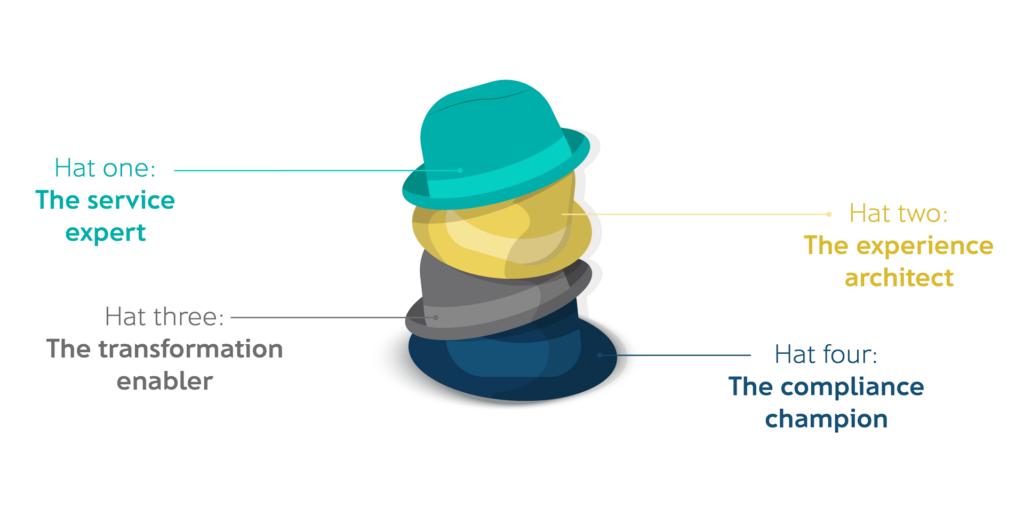
Hat one: The service expert
This hat represents the accountability for running the HR function efficiently and effectively. The focus is on delivering essential HR services 24/7, with the right service channels, tools and processes in place to empower employees and managers, while continuously improving service quality and adapting to evolving needs and technologies.
This is the ‘buck stops with you’ hat, if service levels aren’t met and employees or managers feel unsupported in key moments. If things aren’t working well, there can be a lot of associated ‘noise’ to address e.g. if payroll isn’t accurate or self-service channels show out of date or inaccurate information.
Hat two: The experience architect
Here, the focus shifts to employee experience (EX). The CPO is accountable for shaping a compelling employee value proposition to deliver on its target people outcomes, including attracting and retaining talent.
In parallel, they need to ensure the reality of working in their business (the EX) matches up to the promises made on hiring (the EVP) to foster engagement, drive productivity and cultivate a positive work environment and culture. As such, the People function needs a depth of expertise and practical experience in each aspect of the employee lifecycle.
In addition, they need to be the ‘ear’ of the organisation, constantly listening to and garnering insights from employee feedback. But EX is wider than the hire to retire considerations which naturally sit in HR: it’s about the digital, human and physical experiences at work, as well as the alignment of purpose, values and leadership across the business. You can read more about our holistic EX model here.
Hat three: The transformation enabler
This hat signifies the CPO’s strategic role in enabling the business to achieve its goals through a defined set of people outcomes.
This involves taking a longer term perspective on areas such as strategic workforce planning and skills development to drive workforce transformation. Similarly, the CPO is accountable for managing the people aspects of business transformation programmes, including major restructuring, mergers and acquisitions, and disposals.
To be able to do this well, the People function needs specialist capabilities such as organisation design, change management and workforce analytics, combined with sufficient agility to increase the allocation of skilled resources to meet peaks of demand. You can read more about the role of the CPO in Workforce Transformation in some of our latest research.
Hat Four: The compliance champion
Most CPOs are accountable to the board for chairing or participating in the Remuneration Committee to set senior reward policy and pay levels.
Similarly, they need to report on externally relevant DEI metrics such as the gender pay gap. CPOs have an accountability for owning major business risks relating to people, including employee relations and complying with social policies, working closely with local HR leads.
They can be involved in employee relations cases that are escalated because of the scale of any legal, financial or reputational risks to the business. As such, it’s important to have access to legal and regulatory expertise, either internally or via a third party, with knowledge of all jurisdictions covered by the business.
The challenges of wearing multiple hats
You could argue that every member of the C-suite has to wear multiple hats, so is the CPO role any different? We would propose that the breadth of the role and the associated capabilities required means it is particularly challenging to manage such a wide range of priorities that span the entire workforce.
Each hat requires specific skills and capabilities.
The service expert thrives on operational excellence and efficiency, while the experience architect is driven by innovation, employee listening, bringing the outside in and design thinking. The business transformation enabler relies on workforce insights, organisation design, change management and agile approaches. And the compliance champion requires a depth of functional expertise to navigate the regulatory frameworks and legal environments specific to the business operating geographies.
While a CPO doesn’t need to excel at all four areas, they do need to build a people function with all four capabilities at its heart, and have robust governance, processes and tools in place to ensure the function works well end to end.
All of things brings us back to the exam question – what is the right HR operating model for MY business?
We recommend starting with the core capabilities you need to deliver the right people outcomes; as an HR leader, consider the ‘4 hats’ as your starter for ten. In our next campaign blog, we will expand this further to share what we consider to be the traits that differentiate high performance HR functions.
Finally, the most important driver of the optimal HR operating model for your organisation will be the business context you are operating within. We will explore this through 4 different lenses later in the campaign.
To stay in the loop with the latest from our Demystifying the HR Op Model campaign, sign up to our newsletter and follow us on Linkedin. For any questions, thoughts or comments, we would love to hear from you via the form below.


